


2008
- Louise Bourgeois, artist

2013

2017-18

2015

Residencies
I have been Poet in Residence at the Tate, the Royal Academy and the British School Rome. In each case the residencies offered ways to explore how poetry contributed to the understanding and accessibility of art. I hope my research brought about an understanding of how poets and artists have interacted together to reach creative heights. Rodin had his muse Rilke, Frank o Hara, the fabulous New York poet, who died very young- was honoured by the New York school, each illustrating one of his poems in the publication; ‘In Memory of My Feelings,’ Van Gogh sat by candlelight in Arles reading Christina Rossetti and John Keats.
Royal Academy
My performances were staged in the Fine Rooms at the RA.
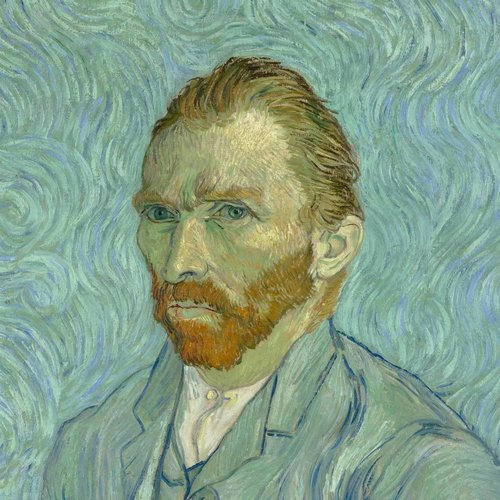
Vincent moved from mental distress to intense lyricism and back again. His letters capture the story of his creative processes, and the cultural and emotional backdrop of his world. These narratives were cradled by his love of poetry and literature. Actors and poets will read from Vincent’s letters, read poems that he mentioned and loved, and poets will read new work inspired by the exhibition. By weaving strands from this world together, we will access the hidden literary man behind the easel. The evening is programmed by Pele Cox, poet-in-residence for the show.
‘I would like to repeat how much I appreciated the wonderful poetry evening that you organised in connection with the exhibition The Real Van Gogh: the Artist and his Letters of which I was the curator. I thought that the way that you so imaginatively and skilfully wove together different strands – Van Gogh’s own extraordinary and revealing words in the letters, readings by contemporary poets responding in different ways to Van Gogh’s work, and the readings from The Odyssey, which was such a bold idea, all contributed to an extraordinary evening. Everyone I spoke to was really impressed and stimulated.’
– Ann Dumas, curator of ‘Van Gogh, The Man and His Letters.’

I researched the relationship between Degas and his friend Mallarmé, recreating the atmosphere of an evening at a ‘Mardi’, the salons held every Tuesday by Mallarmé at his house in Paris. The last poem in the performance was an extract from Mallarmé’s ‘L’Après-midi d’un Faune.’ this demanding and beautiful work has a curious history and was rejected by the poet’s contemporaries as they feared ridicule, this was not unlike the reaction to Degas’ ‘Little Dancer, Aged Fourteen.’ Desiree Ballantyne danced around the seated guests in time to the poem.
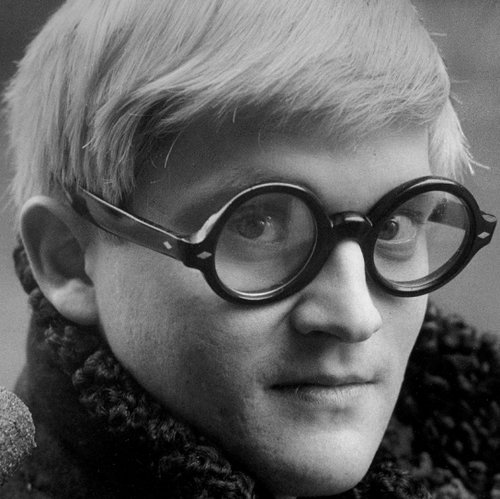
Hockney’s profound love of poetry bought to the surface work by Walt Whitman, Stephen Spender and W.H Auden and underpinned a plethora of Hockney’s reported speech and interviews to create an extraordinary reconstruction of the artist in performance by the actor Christian Roe.
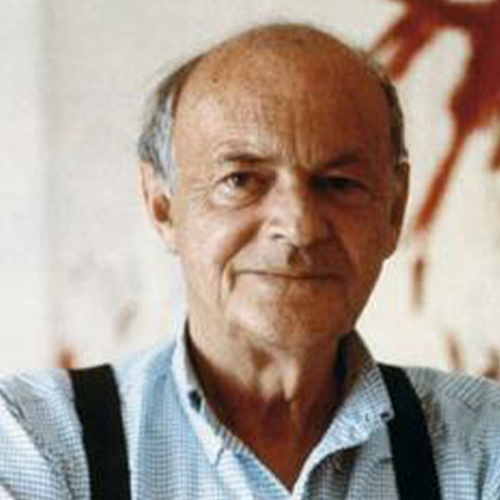
This tribute to honorary Academician Cy Twombly was my last event at the RA. I worked with poems that Twombly loved and with the exiled Iraqi poet, Adnan Al – Sayagh , who had translated Homer into his mother tongue. My textual ‘evocations’ acted as equivalents to etching and inscription, an elegy to Twombly’s genius for language made ‘paint’. The piece ended with the poet reciting Homer as an ancient form of Arabic chant, a strange and beautiful event.
Tate Modern
At Tate I wanted to be a commentator and poet- attending think tanks and educational initiatives. I interviewed artists and met with trustees. I went to New York to interview Louise Bourgeois who started to draw as I read my poem ‘Spectacle.’ Here’s a transcript of my interview with her – a valuable record because she died in 2010 not long after I spoke to her.
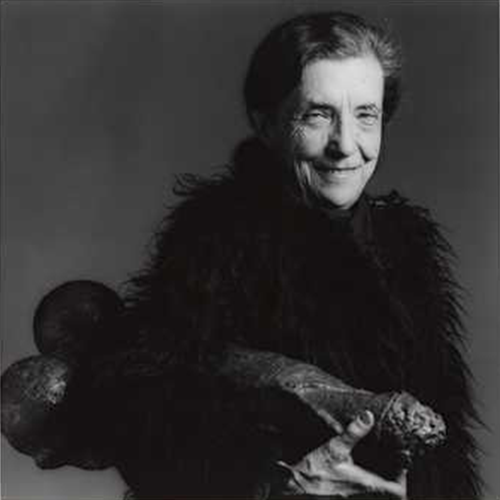
Pele: In relation to this do you think poetry can/should ever occupy the mainstream cultural environment in the way that art does?
Louise: Very few people can make art. It is a gift. It is a rare language that few understand.
Pele: How important is it do you think for artists and poets to know each other interact with each other? Could there ever be a time again when we all ‘live together’ and share our artistic visions? You must have known many of these kinds of environments- did you know poets and writers- what are your fond memories of them – would you share them with me for the interview?
Louise: We all have our unique histories, our own stories to tell yet, we are all responding to the same moment in time. So, in spite of the various forms of expression, there are intersections.
Pele: There were some beautiful lyrical passages in your catalogue. Do they arise in you before or after the work? What is their function for you in the face of the visual?
Louise: I write not to forget, and I write to be accurate. I write only for myself. Sometimes I write on the back of the drawings. I usually write after I’ve created something. It may be an association, or it may be an explanation or an apology. Yet my images need no words from me or anybody else.
Pele: Who is your favourite poet? Does their poetry reflect in your art? What does their language do to you how does it affect you?
Louise: Rabelais.
Pele: Are art and language foreign languages to each other?
Louise: No. Visual artists and poets deal with the same emotions.
Pele: In your wonderful sculpture ‘cell’ called CELL (CHOISY), how does ‘Vieux Aux Tapisseries’ function in the piece is it language or object to you – does it play a similar role to the guillotine!
Louise: It is the actual sign that hung outside my father’s gallery in Paris. It has both a sentimental value and a symbolic value.
Pele: To me you are the most poetic artist- it has been a joy writing poetry about your art! I think your work is poetic because of how you assemble disparate objects to make a whole as if they were words coming together to form sublime sentences- could this be an aspect of your work to make the word the image?
Louise: It is not a connection between word and image that I am seeking but rather an emotion and a tangible form.
British School Rome
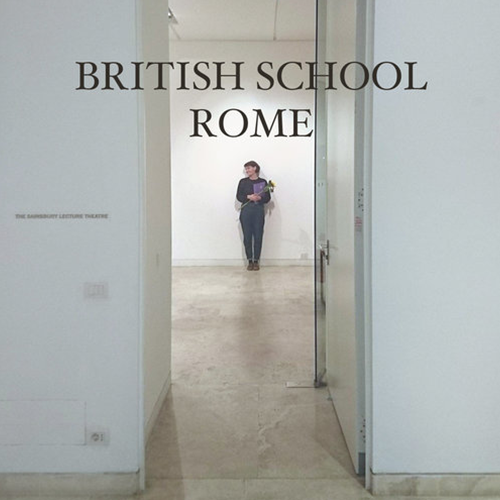
Here I worked with artists and scholars and looked at the ways in which literature and performance could contribute to the creative environment. I gave talks and workshops on Dante, the contemporary significance of the Romantic Poets, negative capability and Ekphrasis.
My lecture ‘Talking Keats’ at the Keats-Shelley house can be seen over on the film and snippets page.